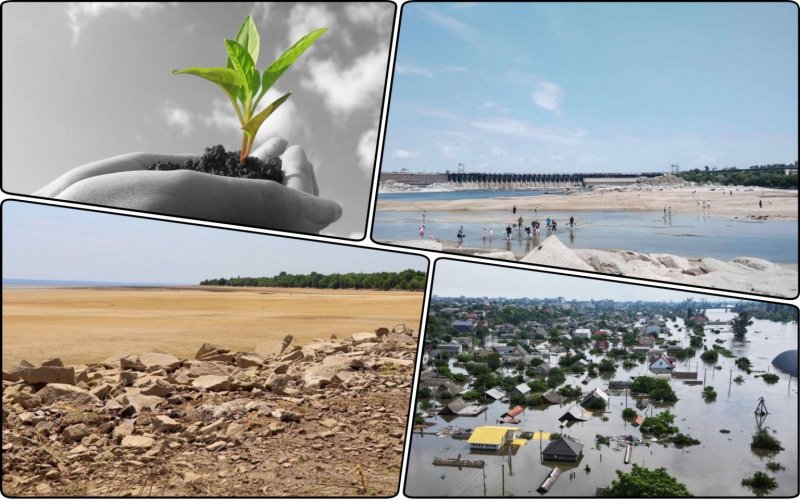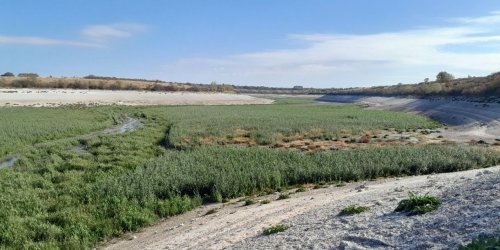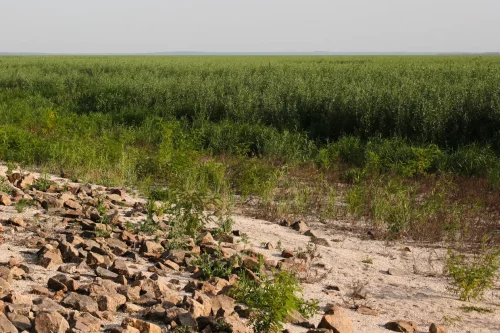A study by scientists from the British Center for Ecology and Hydrology (UKCEH) and HR Wallingford of the consequences of the Russians' undermining of the Kakhovka hydroelectric dam in June 2023 has revealed huge threats to the environment and biodiversity.
Estimates have shown that about half a million hectares of protected freshwater and terrestrial habitats have been severely threatened, NV reports.
It is noted that scientists used advanced technology to conduct the first independent assessment of the consequences a few weeks after the disaster. They found that the dam's explosion led to the deaths of thousands of fish, the devastation of the Kakhovka Reservoir, and sediment erosion.
The researchers identified more than 1,000 potential sources of pollution in the flooded areas, including industrial facilities and sewage treatment plants. This posed serious threats to the environment and human health.
Professor Brian M. Spears of UKCEH noted that such a rapid assessment of the consequences of military operations is unique. The study combined hydrological and digital modeling with the analysis of satellite images and environmental data.
The study showed that the dam's undermining caused damage to half a million hectares of protected areas of national and international importance, including the Black Sea Biosphere Reserve.
About 28 of the 567 species affected by a range of hazards are threatened with extinction, including the endangered thin-billed kulon (crowned kite).
The experts emphasized the importance of taking measures to restore the disturbed areas and incorporating scientific data into restoration planning. They recommend taking measures to protect the environment and restore biodiversity.
"Such research is a key element in responding to environmental disasters and preparing for emergencies around the world. Thanks to the use of advanced technologies and the joint work of experts, scientists have demonstrated the ability to quickly and effectively assess the consequences of natural and man-made disasters," said Professor Harry Dixon of UKCEH.
Earlier, EcoPolitic wrote, that on March 11, the return of water to the shallow Kakhovka Reservoir was recorded, which may be a manifestation of flooding in the lower reaches of the Dnipro River.
Earlier, EcoPolitics analyzed what is currently happening at the shallow Kakhovka Res ervoir and what its future may look like.





